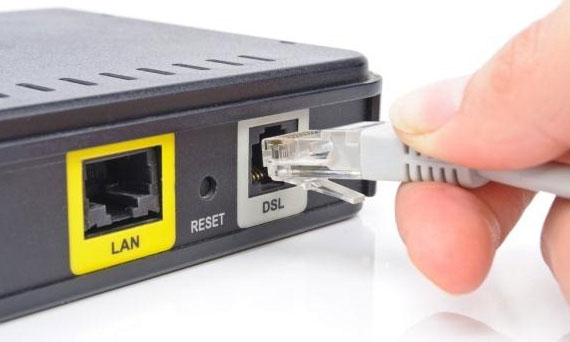Considering how dependent we are on the Internet, it’s really frustrating whenever our connection goes down. What’s the point of signing up for an unlimited Internet connection if you can’t use it at all times, right? That’s why it’s extremely important for you to know at least the basics of troubleshooting your broadband Internet connection whenever problems happen.
By being equipped with such basic troubleshooting skills, you can avoid most of the stress that comes with the absence of a reliable Internet connection and allows you to enjoy all the good stuff the World Wide Web provides.
Easy Steps to Fix Your Broadband Internet Connection
Step 1: Check if the wires are connected
In any situation that requires problem solving, it’s important to identify the obvious or simplest possible causes of the problem first. A lot of problems with Internet connections simply root from disconnected or loose wires. Check all the necessary wires if they’re plugged. If they are, then see if they’re plugged where they’re supposed to be plugged. If the connections are correct, then check if they’re plugged in well enough. Loose connections are also fairly common with older devices. Securing them with tape usually works. If the connections on your computer are properly connected, then check the ones in your modem, and then ensure that those connections are secure as well. If this doesn’t work, then proceed to the next step.
Step 2: Restart everything
This step is called power cycling. Turn off your modem for a few seconds and turn it on again. If this doesn’t work, then try a more complete power cycling process and restart your computer as well as a modem. This may seem like an awfully simple yet illogical way to fix your connection, particularly since very few people can actually explain why this works. However, this works with so much frequency that it has become a kind of a running joke in the IT crowd. (As well as the TV show entitled “The IT Crowd”.)
If these steps don’t work still, then your connection may be messed up due to reasons that are more specific to the kind of Internet connection you have. Here’s the skinny on what you need to do for every scenario:
- If your Internet connection is accessed through a satellite service, there are a couple of things that may be causing your connection problem. The first thing you should consider is the line of sight, or basically, if there’s anything blocking your antenna from the satellite. Simply remove that hindrance (the most common hindrance will be overgrown trees). The second cause is something that’s, unfortunately, out of your hands—the weather. If that’s the case, then you’re going to have to sit it out.
- If you use a wireless router to connect to the Internet via laptop or mobile device, then the wireless connection may be the issue. If the option for a wired connection is available, you may want to use that until your wireless gets cleared up. You should also try to check the configuration of your wireless connection by looking through the user manual. In the manual, the ideal settings are indicated. Just set them properly and the connection issue may be solved.
These are just common solutions to usual connectivity problems. If none of these work though, then it may be time to contact your Internet service provider. If you do experience connection problems on a regular basis and all your hardware and software seem okay, then it may be your service. You may want to sign up for an unlimited Internet plan with a provider that has better service and faster connections.
This contribution is exclusively written for EfrenNolasco.com by Money Max, the Philippines’ leading financial comparison website which helps Filipino consumers make the right financial decisions as they settle on the best credit card, home loan, broadband plan, and more—fast, comprehensive, and free. Please do check our website to learn more.
